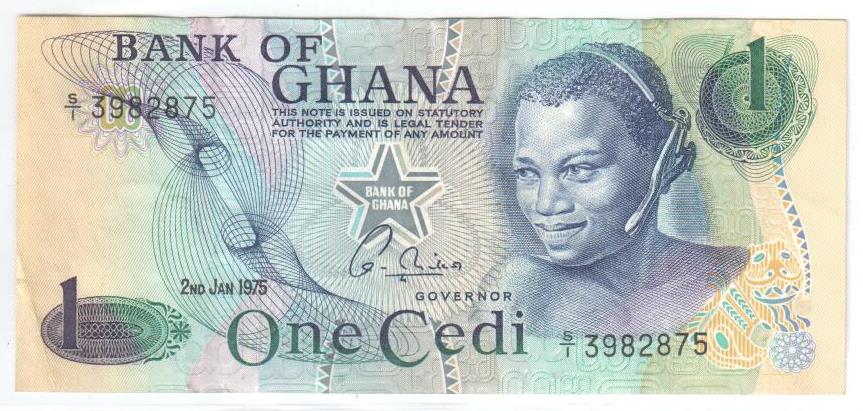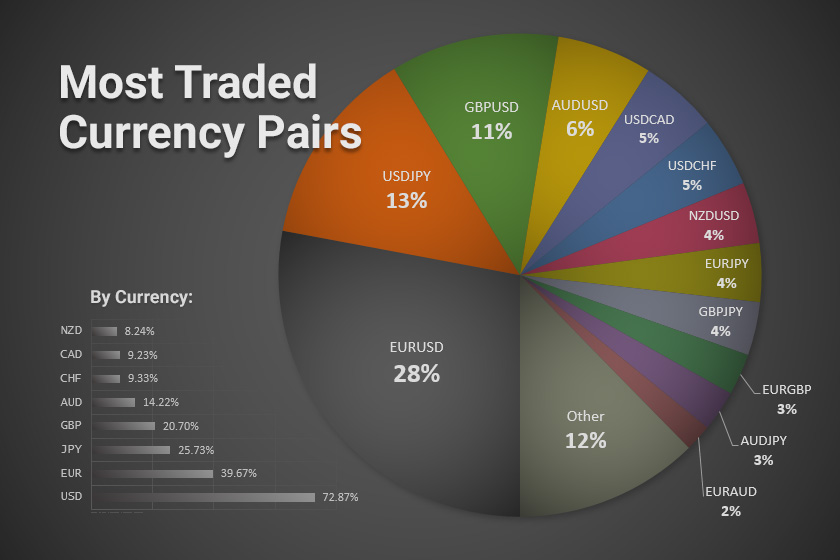In Summary
- Despite the increasing acceptability of local currencies in Africa, the most used currency for payments within the continent has remained the U.S. dollar, according to a monthly SWIFT currency ranking.
- Strategic forex interventions by central banks in Ghana, Nigeria, Egypt, and Kenya have bolstered the stability of their local currencies.
- Inflation, political instability, and global economic shifts in global and local markets can prompt currency overhauls and affect a country’s currency’s credibility.
Deep Dive!!
Africa has an ever dynamic and evolving financial landscape, which is increasingly reflected in the performance and trading volume of its currencies. As individual nations strengthen trade partnerships, implement monetary reforms, and expand digital finance, several African currencies have emerged as significant players in regional and global foreign exchange markets.
The most traded currencies in the continent highlight a blend of economic resilience, resource dependence, strength of financial integration, and policy-driven stability. As nations pursue reforms, diversify economies, and stabilize institutions, these currencies will continue to shape both continental trade and global investment patterns.
Below we have ranked the top 10 most traded currencies in Africa from 10 to 1, offering insights into their economic contexts, historical evolution, and relevance of the listed currencies in international trade. Check them out!
10. Kenyan Shilling (KES)
Introduced in 1966 after independence, replacing the East African shilling. Kenya’s economy is diversified mainly into agriculture, fintech (e.g., M-Pesa), tourism, and manufacturing. With an exchange rate of KES 129 to 1 USD, the Kenyan Shilling is East Africa’s dominant traded currency, underpinned by remittances from the diaspora and robust agricultural export revenues.

9. Seychelles Rupee (SCR)
The Seychelles Rupee was launched in 1976 post-independence and relies heavily on tourism, fisheries, and offshore finance. It currently exchanges for SCR 14 to 1 USD, the currency is among Africa’s strongest currencies and is backed by tourism earnings and prudent FX reserves underpin SCR.
8. Botswana Pula (BWP)
The Botswana Pua is a stable and liquid currency backed by diamond wealth, low debt, and sound central bank policy. It was introduced in 1976, replacing the South African Rand. Diamond export hub, politically stable with strong fiscal prudence. Currently, BWP 14 amounts to 1 USD.
7. Ghanaian Cedi (GHS)
The Ghanaian Cedi is one of the best-performing currencies in Africa, it is bolstered by fiscal reforms and commodity export strength; however, it is still vulnerable to global price volatility. It was reintroduced in 1965, and modernized in 2007; the currency is backed by Ghana’s exports of gold, cocoa, and oil. It exchanges for GHS 12–15 to 1 USD.
6. Tunisian Dinar (TND)
The Tunisian Dinar was established post-independence, pegged then floated again. It is banked on the economy’s stronghold of thriving textile, agriculture, and tourism industries. Its managed float regime ensures relative stability; however, inflation and trade deficits are key concerns. It currently exchanges for TND 3.1 to 1 USD.

5. Libyan Dinar (LYD)
The Libyan Dinar was introduced in 1971. Despite the recent political instability in the country, the currency has maintained its high value due to oil exports, despite political risks; however, its strength in recent times is a result of the central bank maintaining a managed peg. It currently exchanges for LYD 4.8 to 1 USD.
4. Moroccan Dirham (MAD)
The Moroccan Dinar was introduced in 1960. The country largely benefits from phosphate mining, tourism, and EU trade ties. Pegged to a currency basket; foreign investment, remittances, and export diversification support the resilience of the currency. It currently exchanges for MAD 9.5–10 to 1 USD.
3. Egyptian Pound (EGP)
Although it was historically devalued under reform programs; the currency is now relatively stable following IMF-aligned measures. The Egyptian Pound has been in use since 1834. Egypt drives its economy via tourism, Suez Canal fees, energy, and agriculture. The currency currently exchanges for EGP 31–48 to 1 USD.
2. Nigerian Naira (NGN)
Launched in 1973, replacing the pound, heavy dependence on crude oil led to multiple devaluations of the Naira, leading to the introduction of the eNaira in 2021. However, despite the devaluations, The largest economy in Africa with significant oil, agriculture, and services sectors boasts of the continent’s second-most traded currency, with high daily volume. However, volatility remains a hallmark, driven by inflation, central bank interventions, and energy sector dependency. The Naira currently exchanges for NGN 1,600 to 1 USD.
1. South African Rand (ZAR)
The South African Rand is the most actively traded currency in Africa, critical in global commodity-linked forex markets. However, like many other currencies in the continent, volatility remains tied to commodity prices and political developments. The ZAR was introduced in 1961 and is banked on mining (gold, platinum, copper, etc.), agriculture, manufacturing, and services. It currently exchanges for ZAR 18 to 1 USD.



